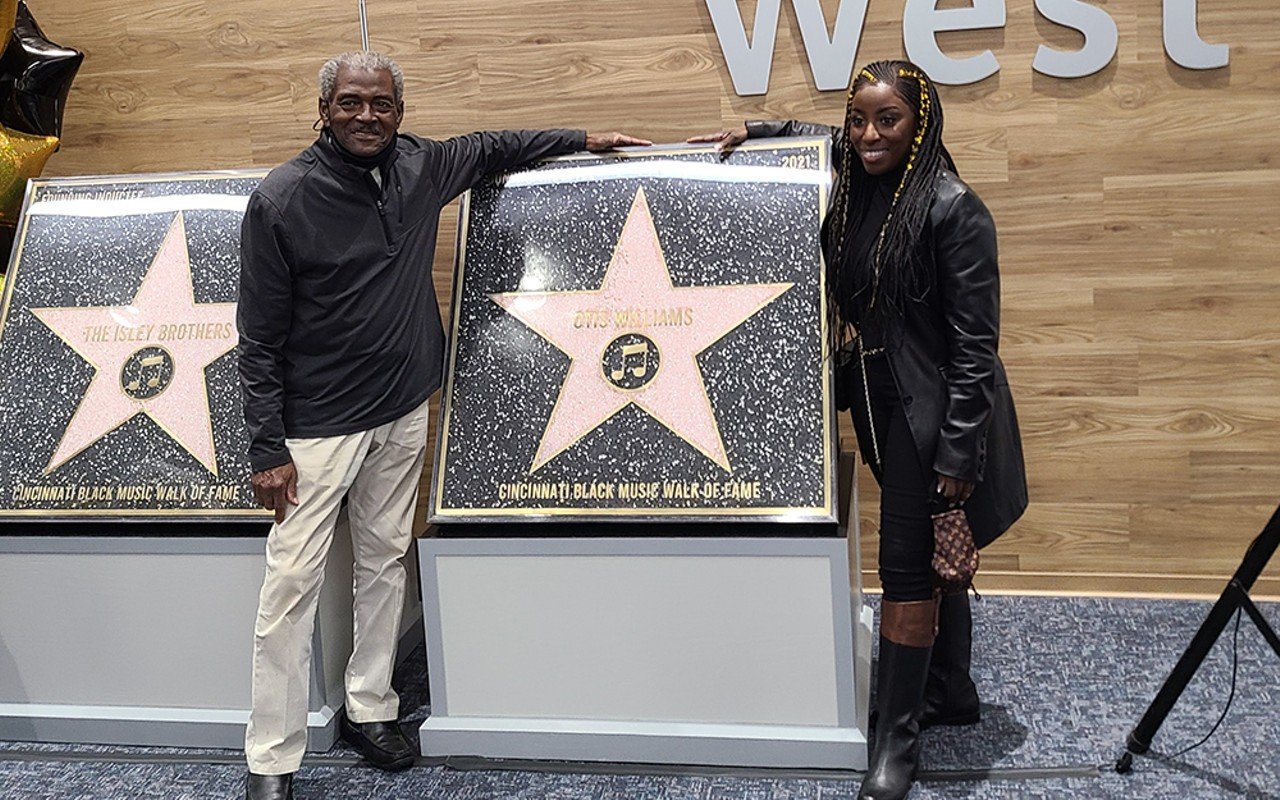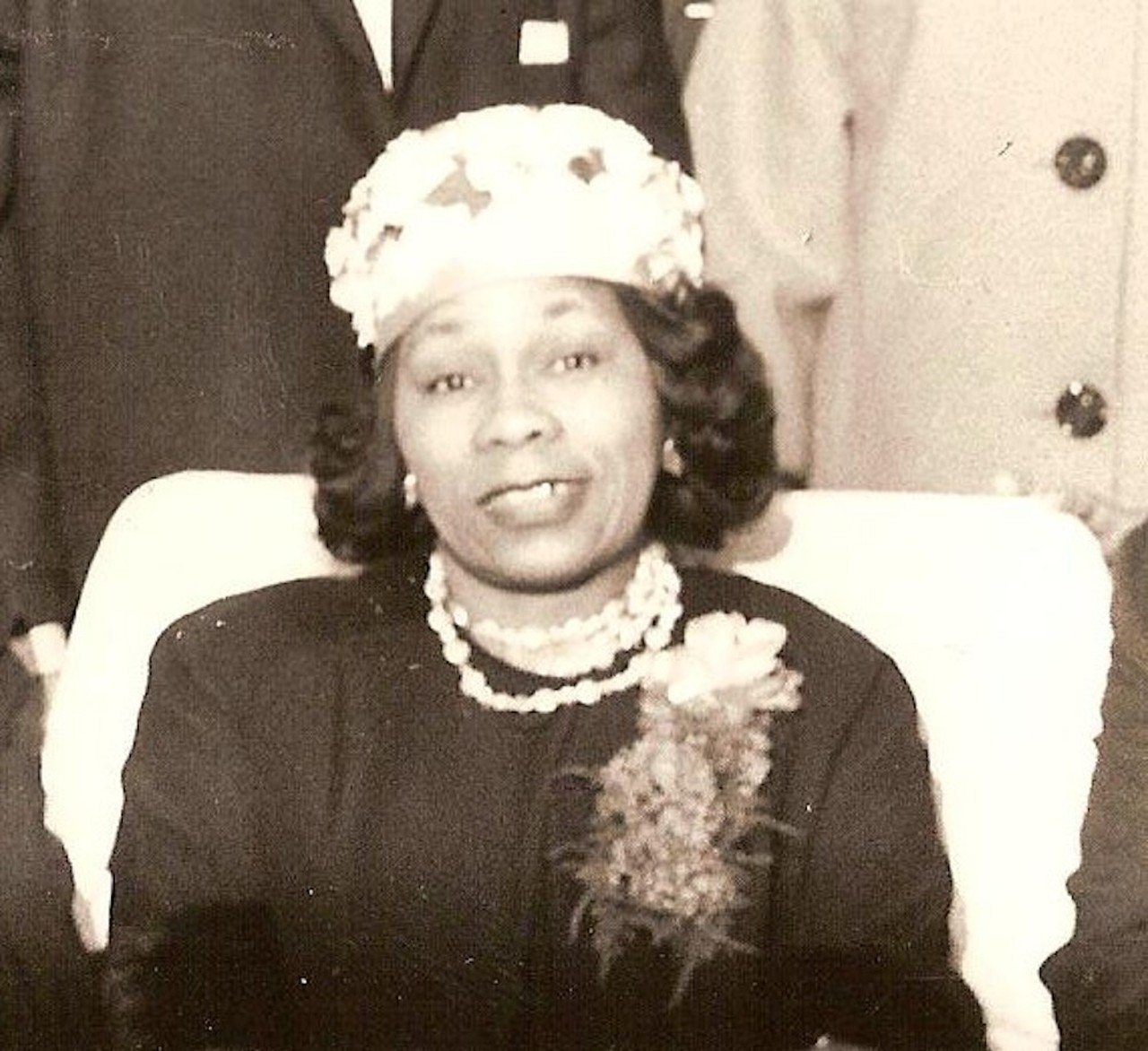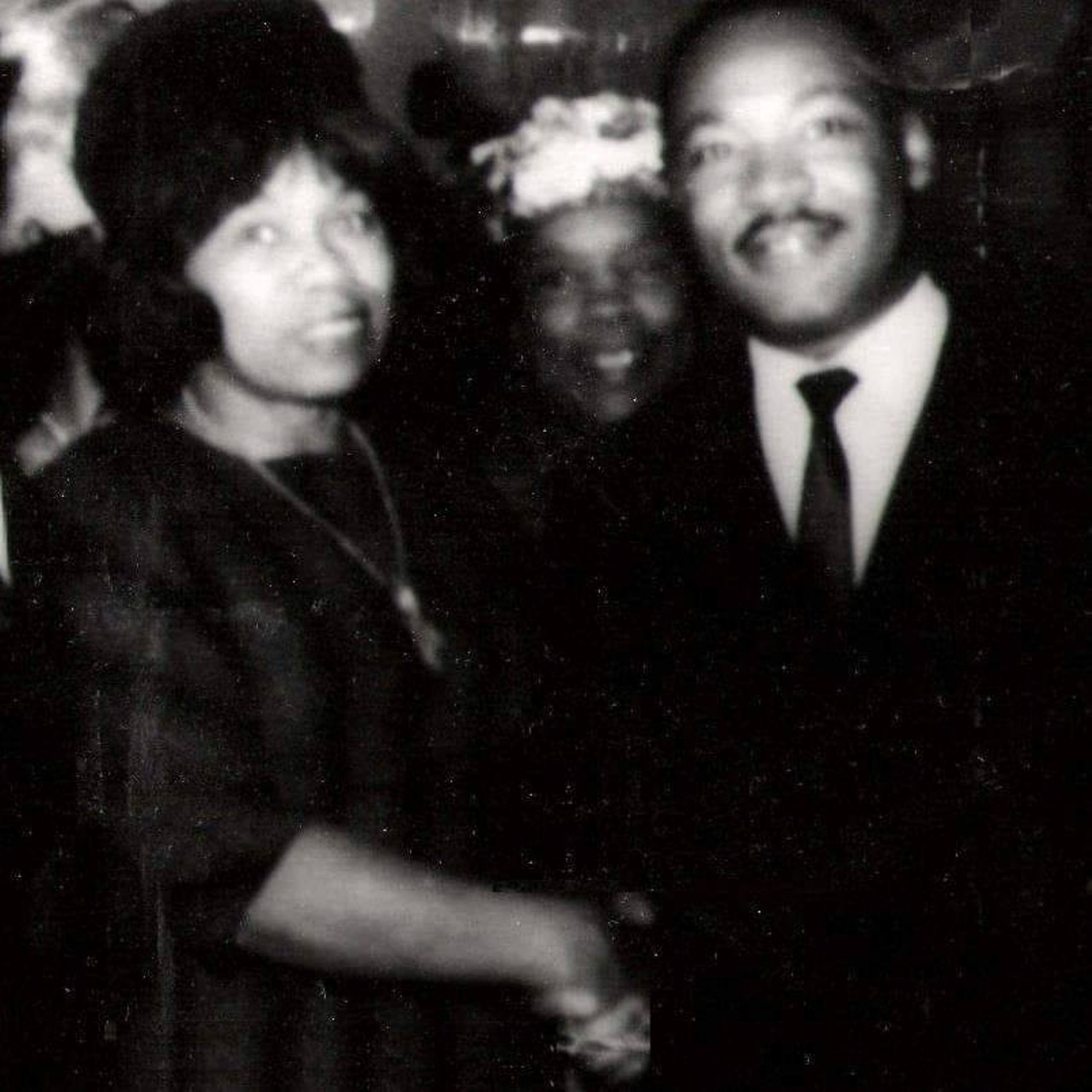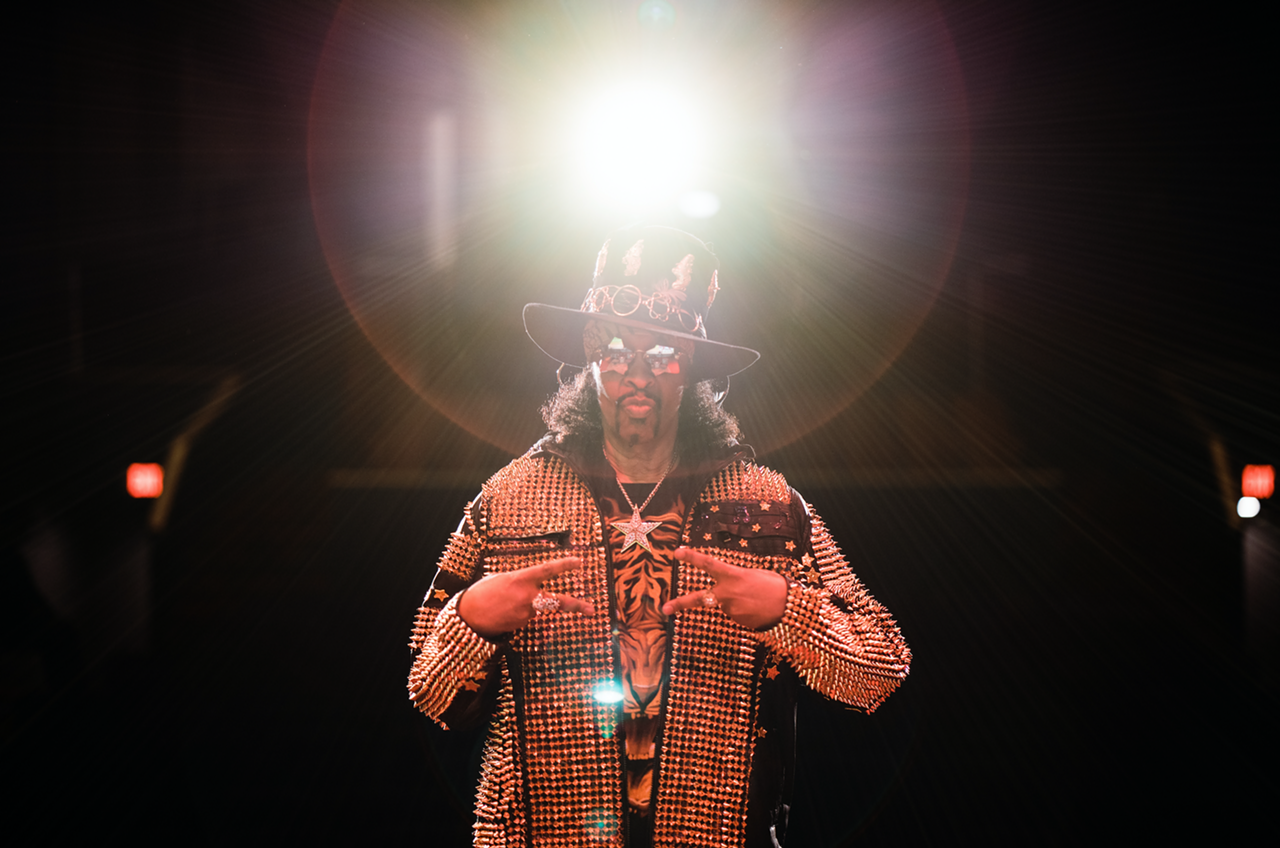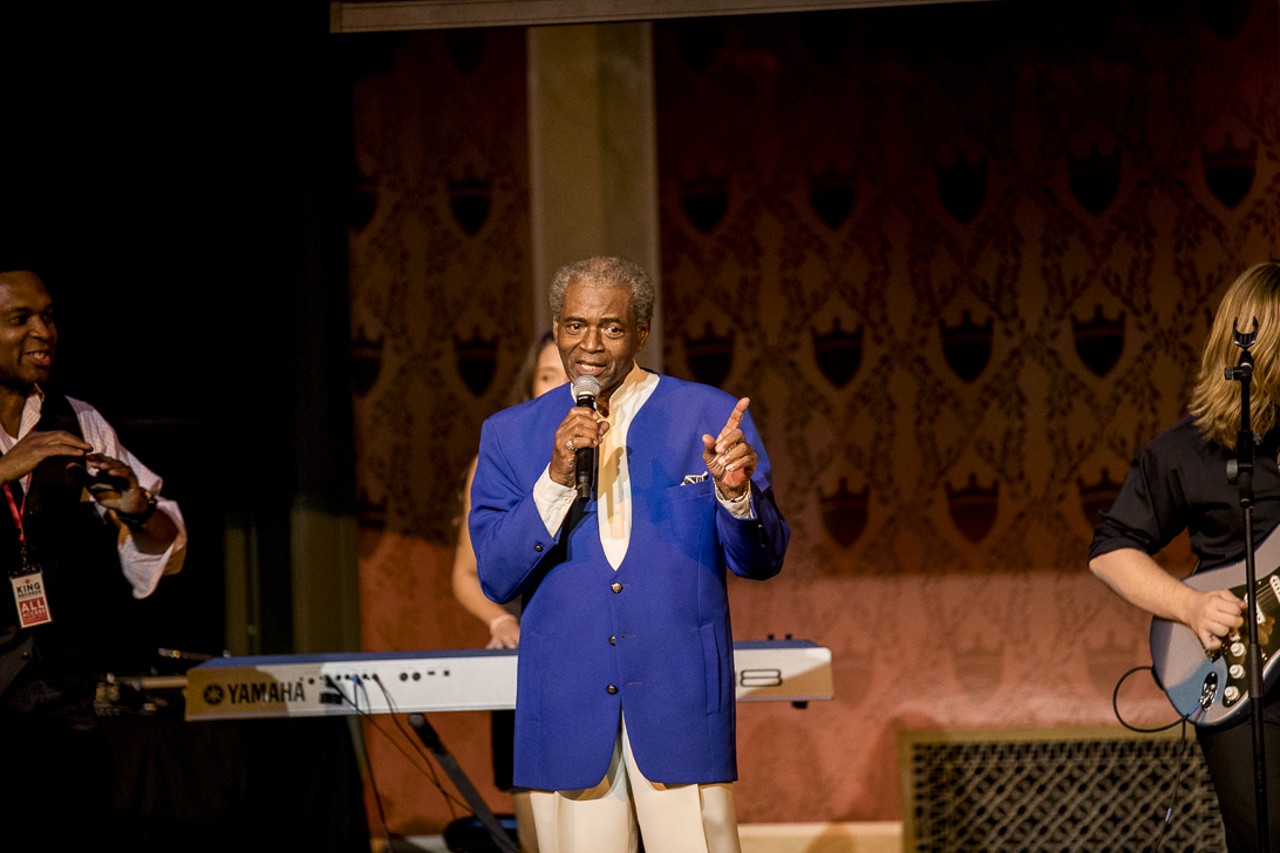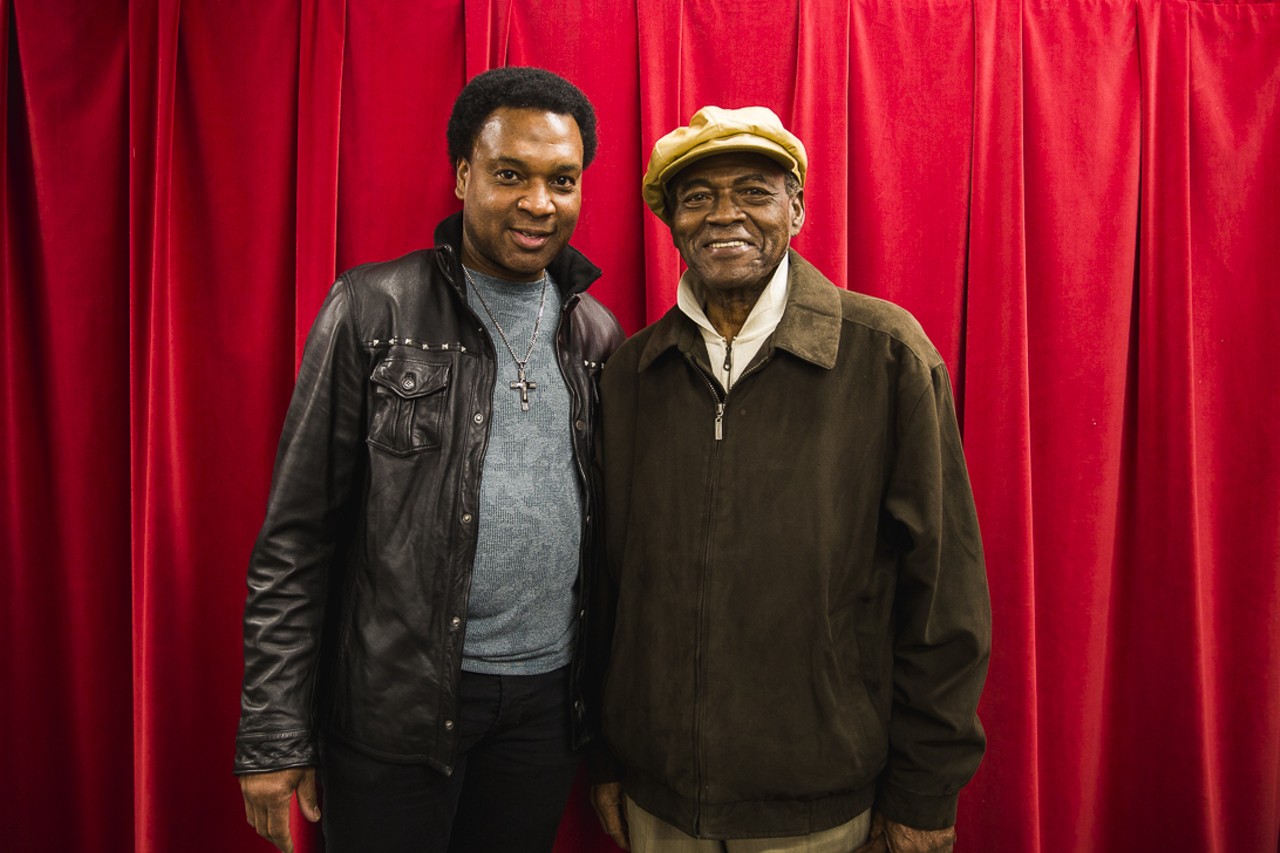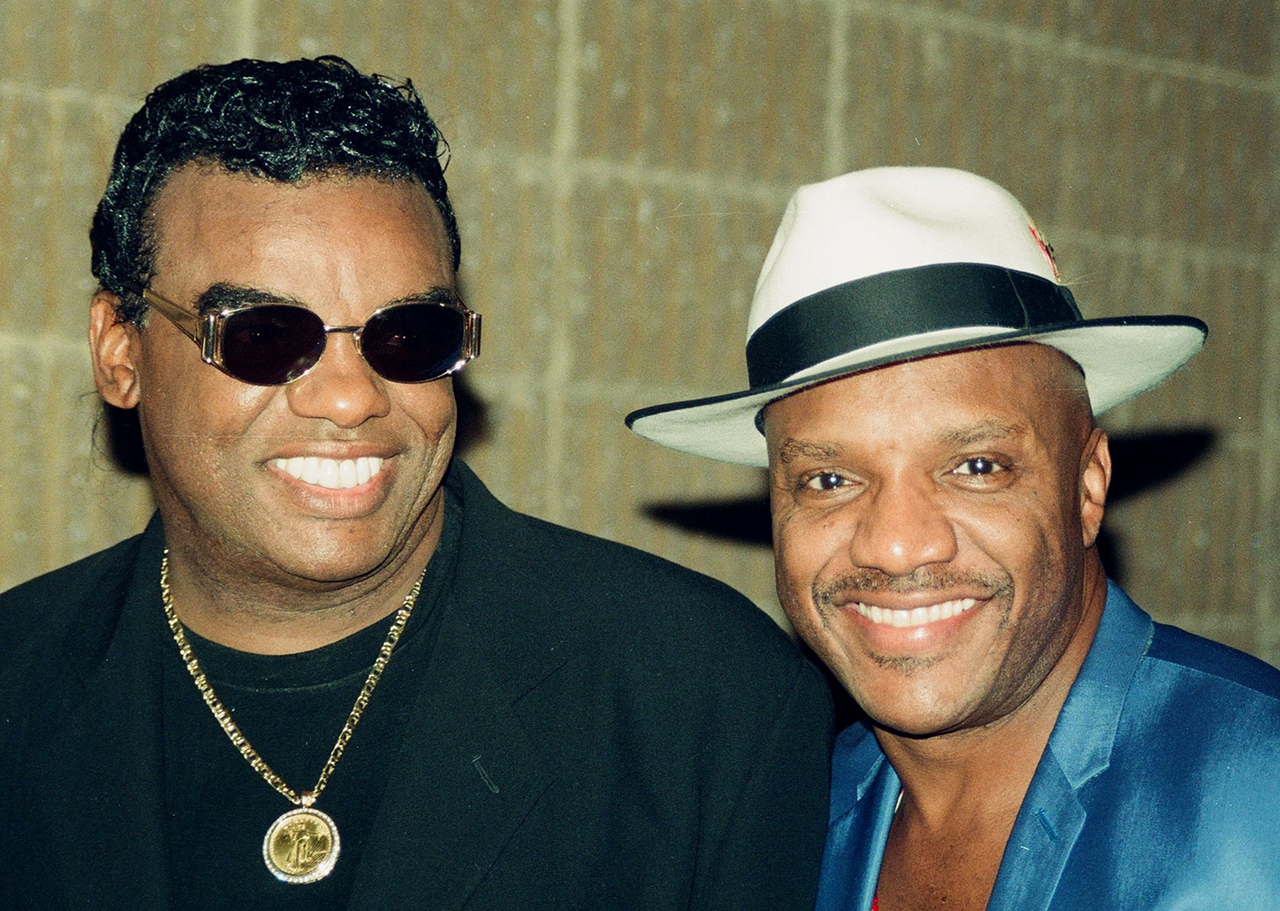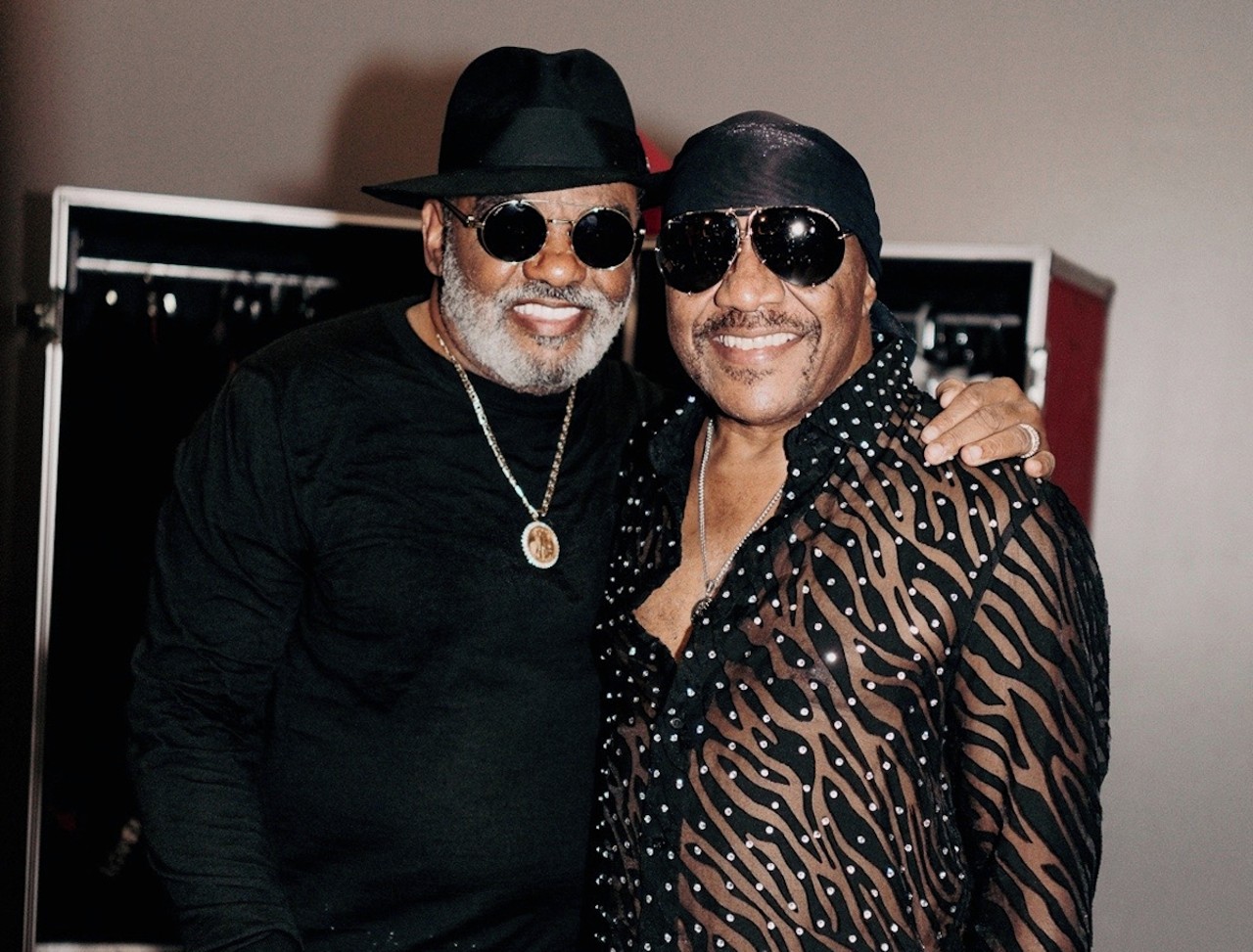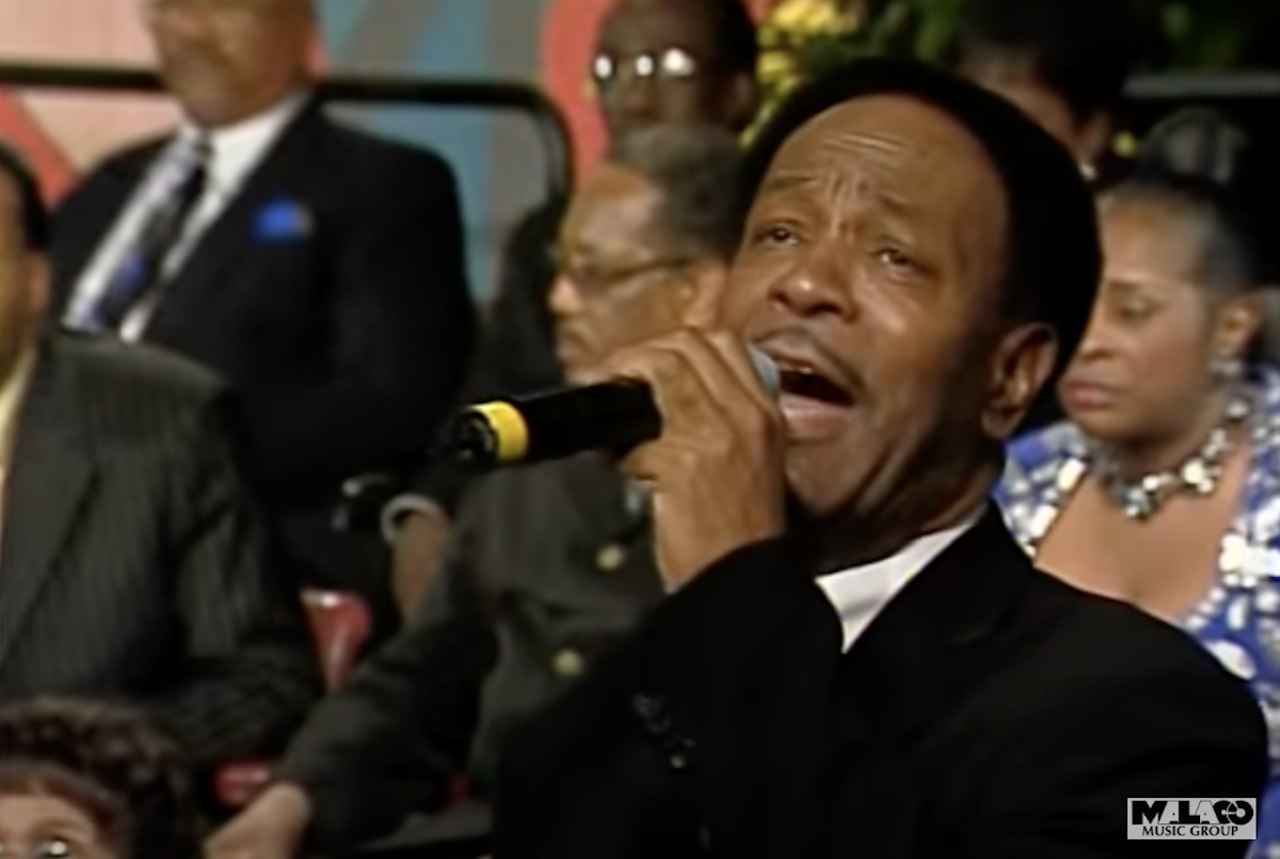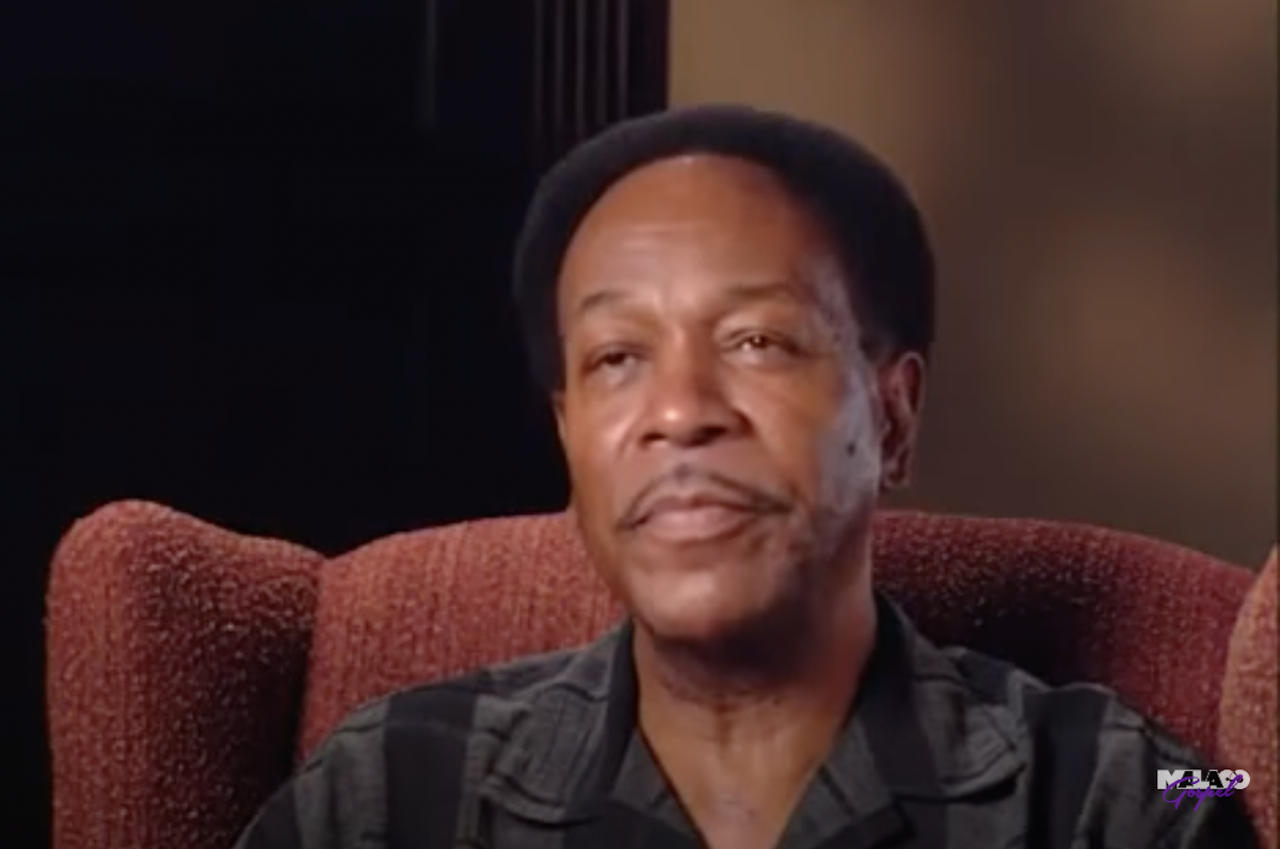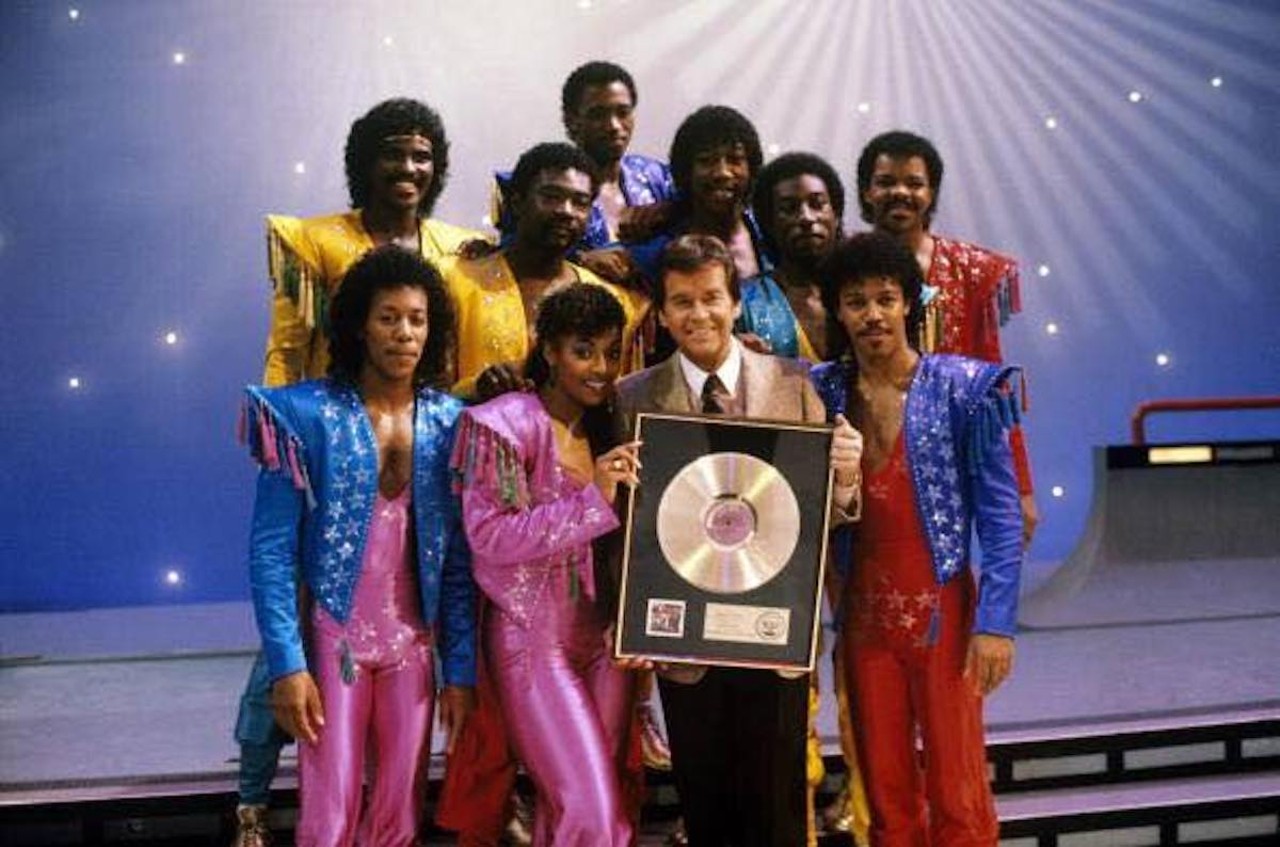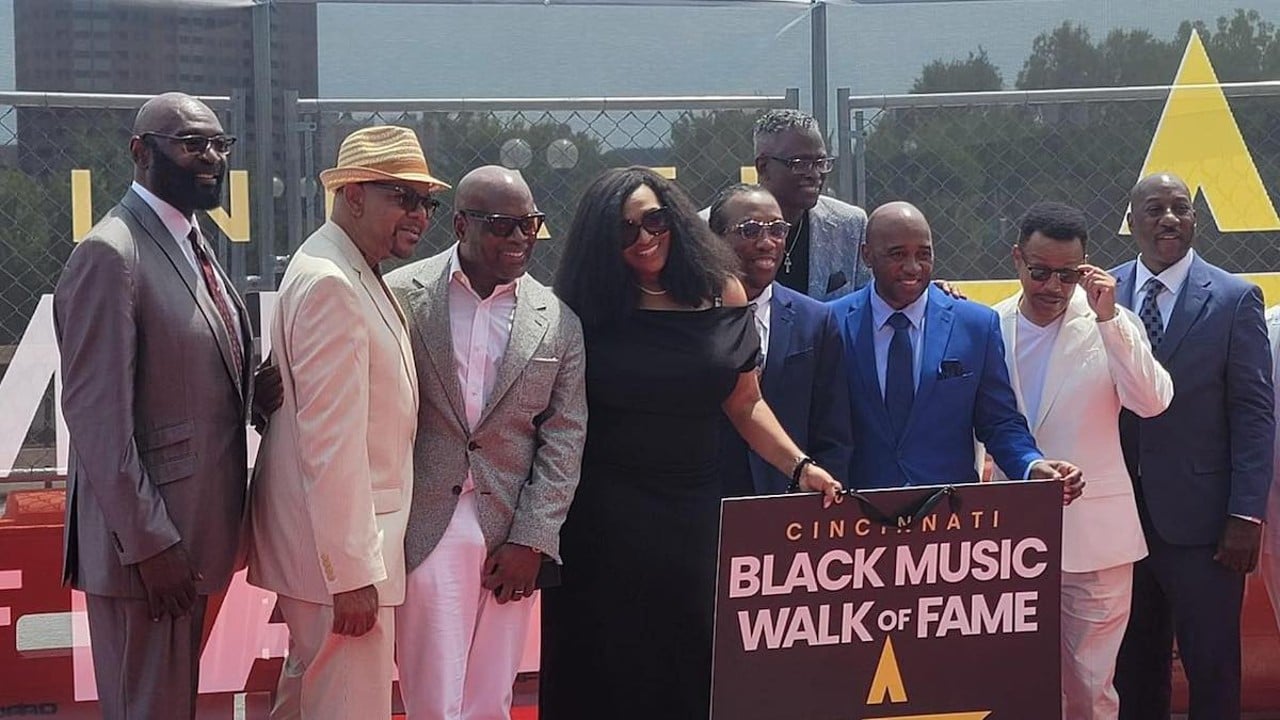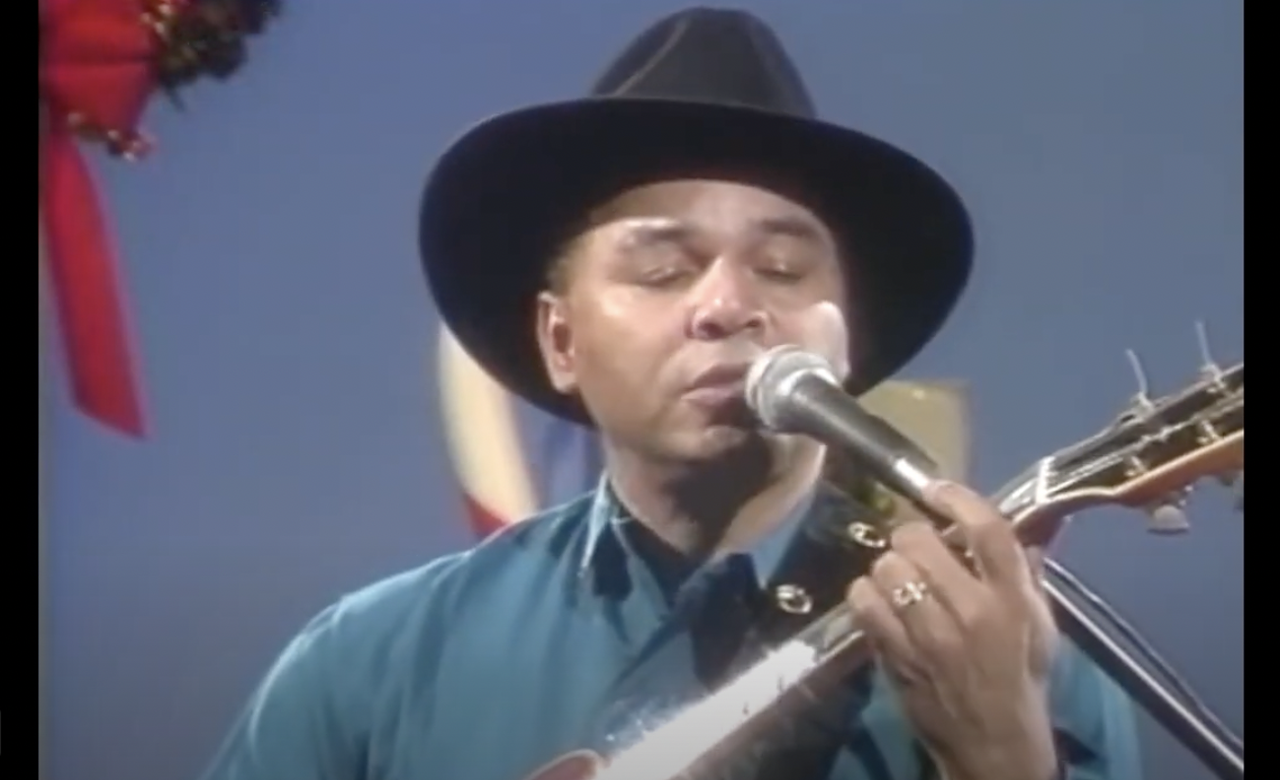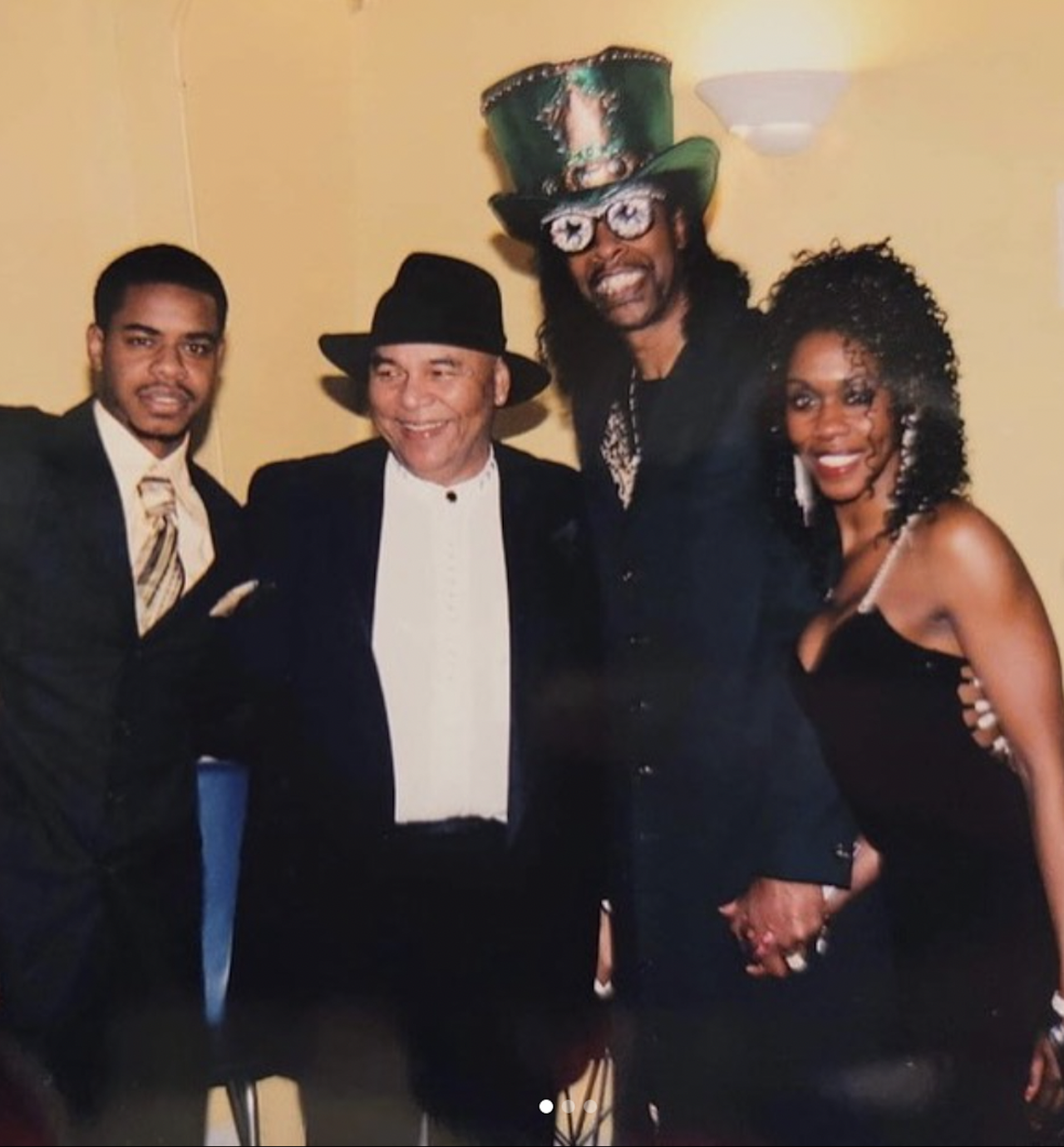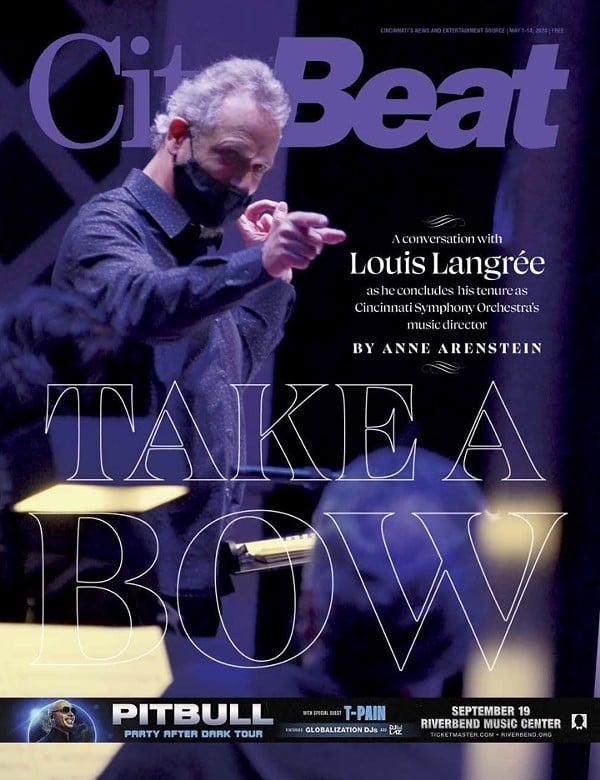The first group of inductees, also considered founding members, into the Cincinnati Black Music Walk of Fame came that same year, with a temporary installation at CVG Airport. In July 2022, at the annual Cincinnati Music Festival, the home of the permanent, star-studded Walk of Fame at Andrew J Brady unveiled the stars of the first eight inductees. But construction continued on the eventual interactive tourism park that the Walk of Fame will become.
And in February, in honor of Black History Month, Reece and the other organizers announced the Walk of Fame would open on July 23 this year, offering visitors a one-of-a-kind experience where they can learn the stories of some of the most talented music artists, in genres ranging from hymns and gospel music to R&B and hip hop, from the region.
Organizers also announced in February the first inductee into the Black Music Walk of Fame for 2023, composer Louise Shropshire. Keep scrolling to learn more about her and the other gifted musicians featured in the Walk of Fame so far.

